Formula 1® Accelerates the Development of the Aston Martin Valhalla Supercar
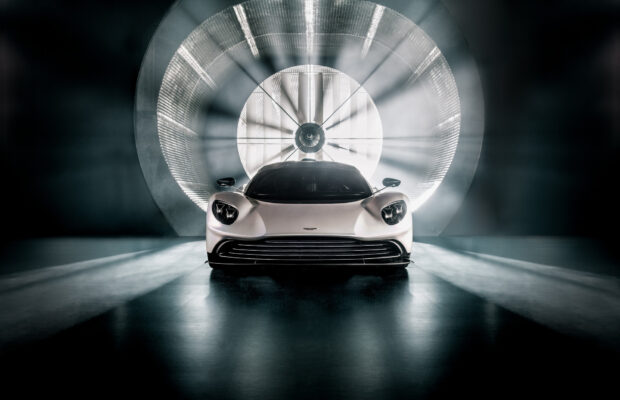
- Development of new Aston Martin Valhalla supercar has shifted up a gear via the use of Formula 1® methodologies, experience and technologies
Aston Martin’s Valhalla, their inaugural mid-engine supercar for series production, is now reaping the benefits of Formula 1®, the world’s fastest laboratory. Formula 1®’s relentless pursuit of speed, reliability, and performance is propelling technological advancement, and Aston Martin is capitalizing on it. The Aston Martin Aramco Cognizant Formula One® team (AMF1) has adopted race-proven methodologies, expertise, and technologies, amplifying the development of future Aston Martin models.
Marco Mattiacci, Global Chief Brand and Commercial Officer of Aston Martin, emphasized their vision to produce an exceptional range of driver-focused cars. Their first mid-engine supercar in series production, Valhalla, stands as a transformational milestone for both the ultra-luxury performance brand and the mid-engine segment. Valhalla symbolizes the integration of road car engineers and F1® engineering capabilities through Aston Martin Performance Technologies, showcasing the brand’s wide-ranging capabilities with Formula 1®’s technical support and expertise.
The collaboration leverages the consulting arm of the Formula 1® team, Aston Martin Performance Technologies (AMPT), to enhance Aston Martin’s performance engineering in three key areas: dynamics, aerodynamics, and materials.
In terms of dynamics, Valhalla’s development is powered by intensive simulation tools similar to those used in Formula 1®. The majority of its dynamic characteristics and setup are perfected through simulation, ensuring precision in handling. Valuable input from AMF1 drivers like Lance Stroll and Fernando Alonso elevates the calibration of Valhalla, pushing its performance boundaries.
Valhalla’s cockpit ergonomics draw inspiration from Formula 1®, offering a race car-like driving position. Innovative features like a raised false floor and an adjustable carbon fiber bucket seat establish a deep connection between the driver and the car.
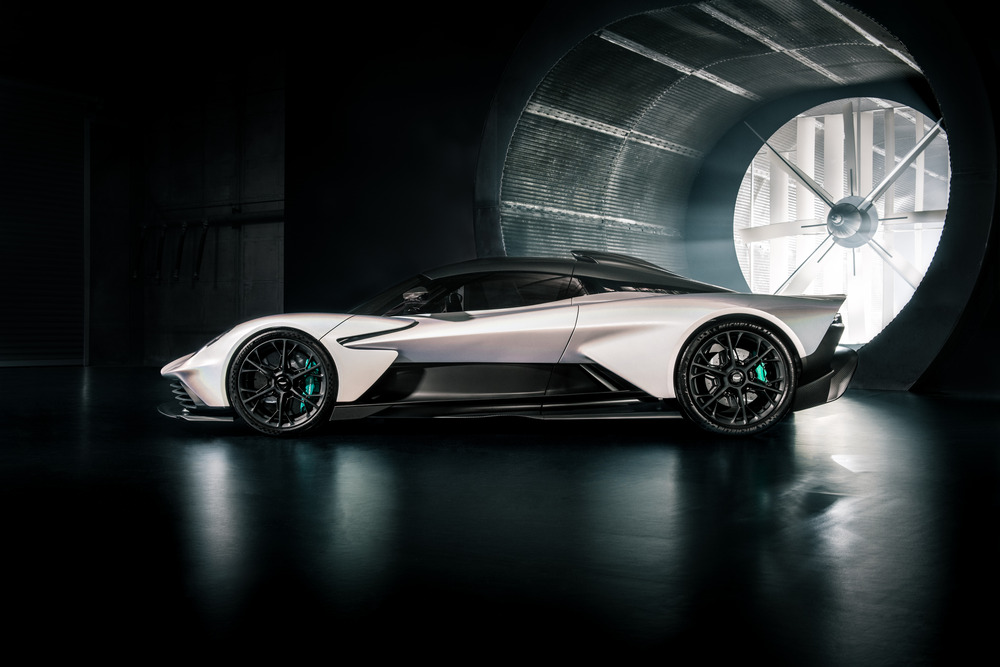
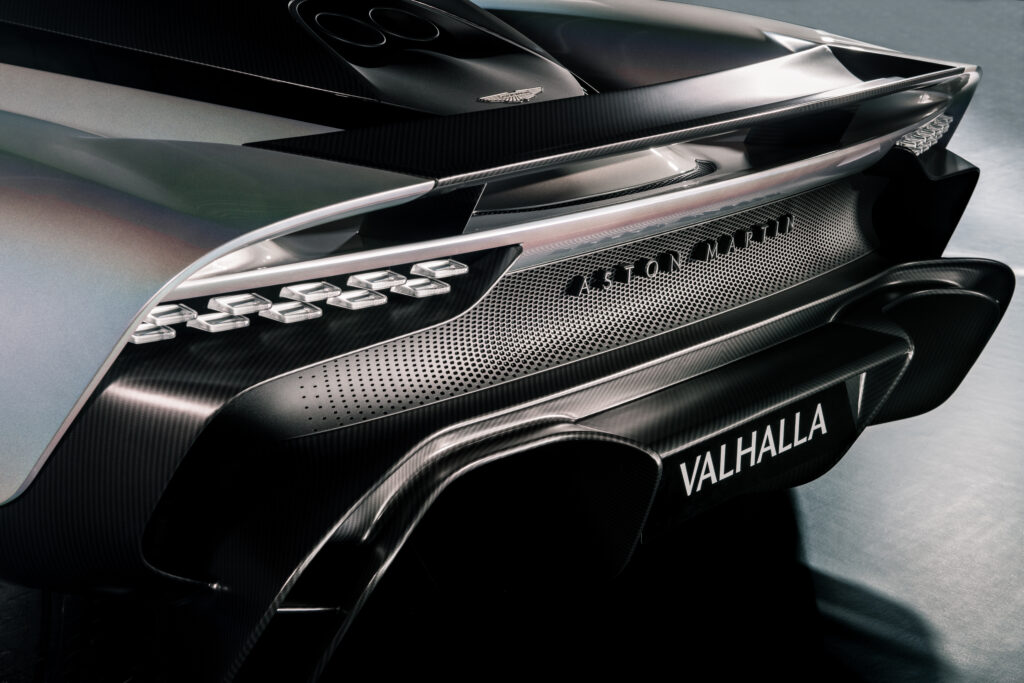
In aerodynamics, Valhalla adopts lessons learned from Formula 1®. It employs active aerodynamic systems at both the front and rear, generating over 600kg of downforce at 240km/h. This dynamic control optimizes grip, balance, and performance across various driving scenarios.
Materials-wise, the collaboration between AMPT and the AMF1 team benefits from extensive experience with carbon fiber. Advanced techniques for simulation and testing have been employed to optimize stiffness and crash worthiness, ensuring structural integrity while minimizing weight.
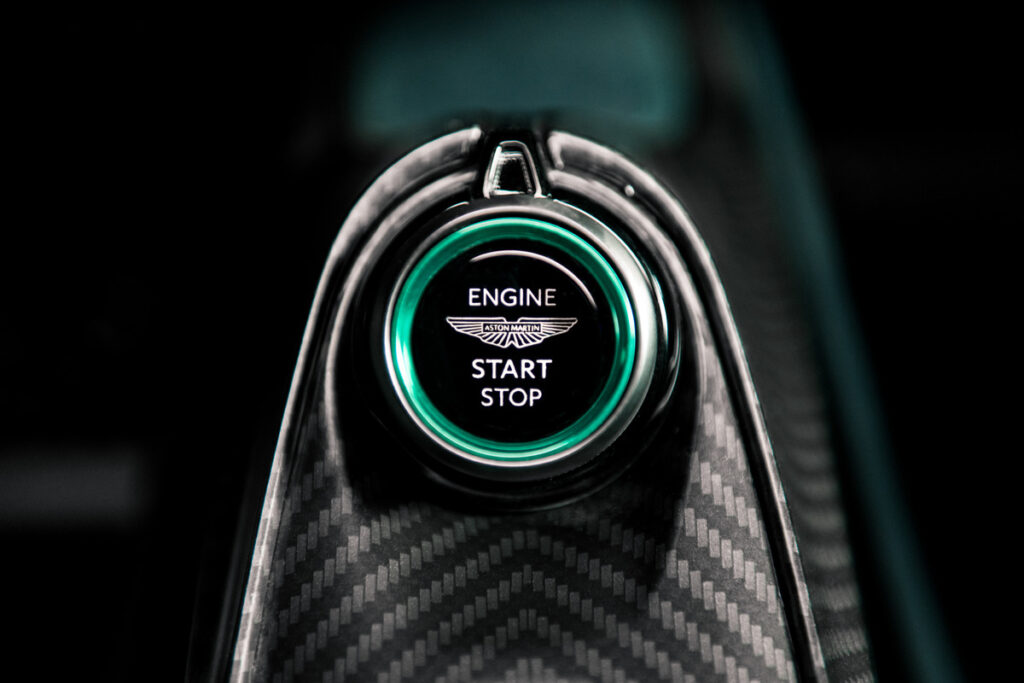
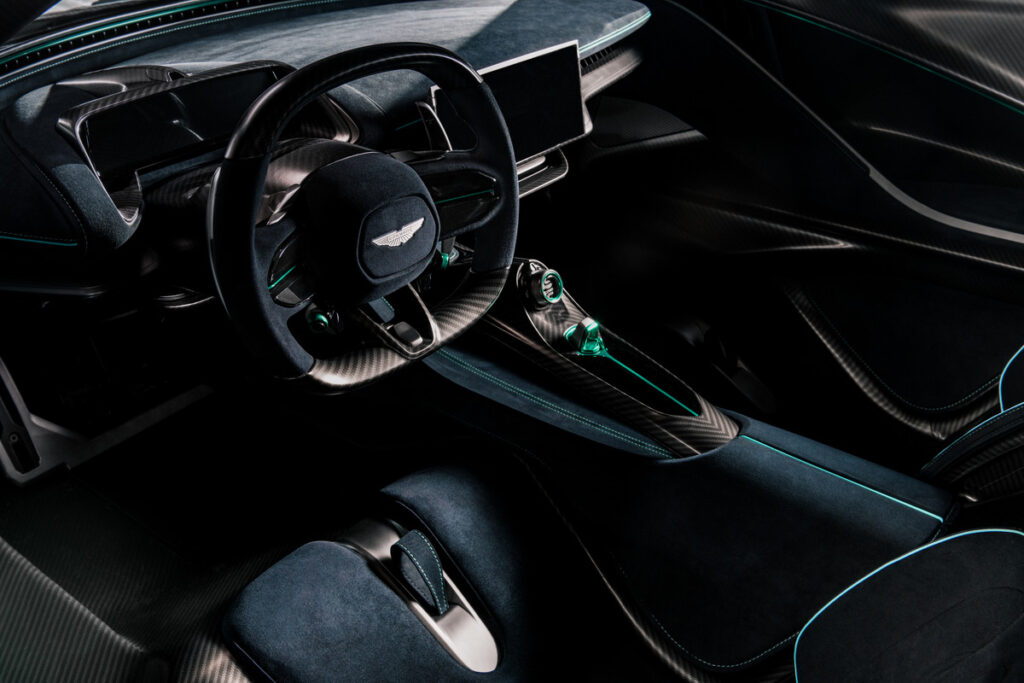
Valhalla’s structure, developed by AMPT, combines cutting-edge composite technology and proprietary carbon fiber manufacturing methods. The result is a stiff, lightweight passenger cell that enhances dynamic structural attributes and safety.
Valhalla also represents Aston Martin’s shift towards hybrid and electric powertrains. The bespoke twin-turbo flat-plane V8 engine, combined with three e-motors, produces a powerful 1,012 PS hybrid all-wheel drive system. The front e-motors provide torque vectoring for precise control, while the third e-motor functions as a starter/generator for the internal combustion engine.
The Valhalla project has benefited significantly from the collective knowledge and expertise of the AMF1 team and road car development units. The goal is to establish Valhalla as a supercar that sets new standards for performance, dynamics, and driving pleasure, narrowing the gap between amateur and professional drivers on the track.
The first running prototype is scheduled for later this year, with production set to commence in 2024, marking a thrilling chapter in Aston Martin’s legacy.


















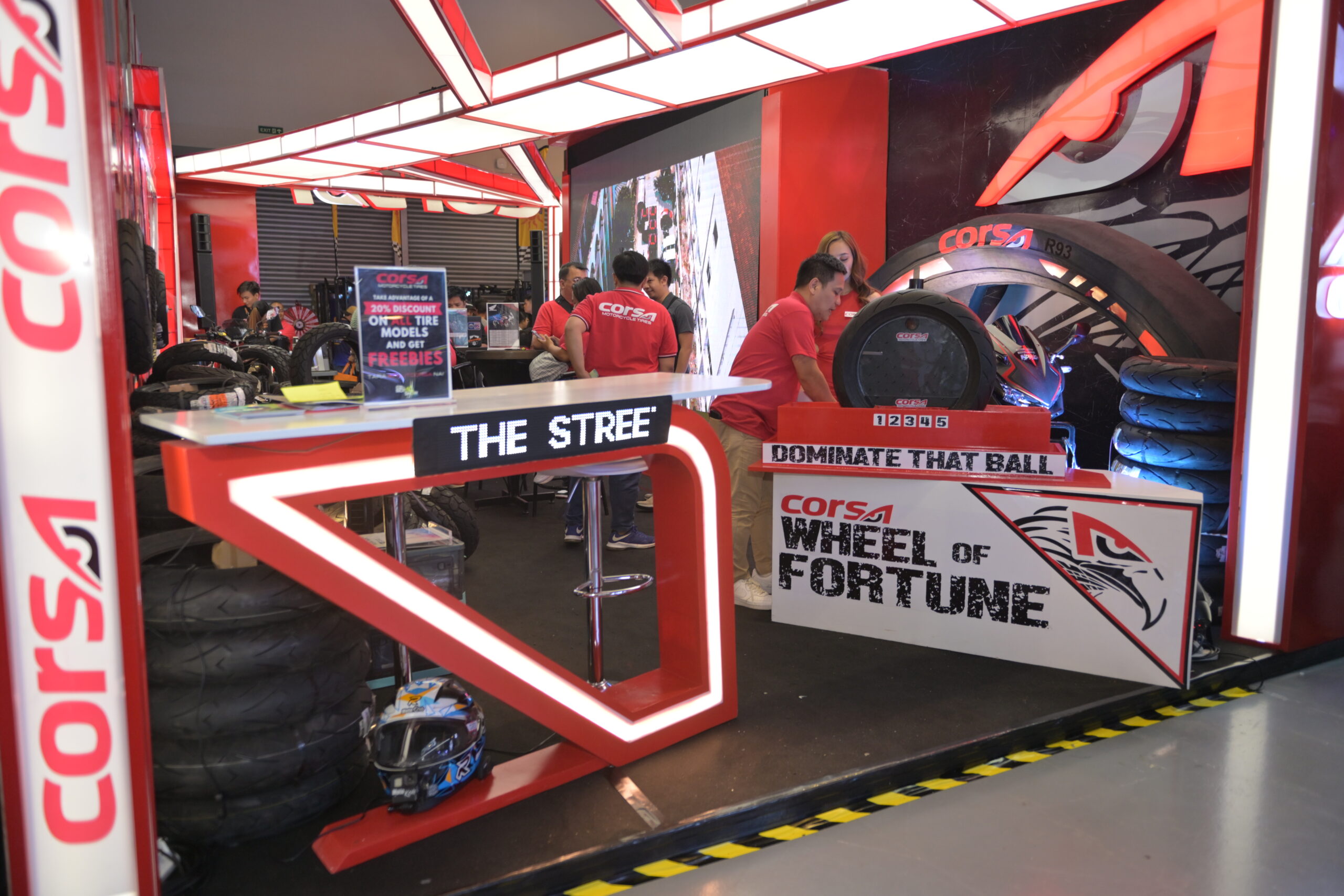



 ×
×
0 comments